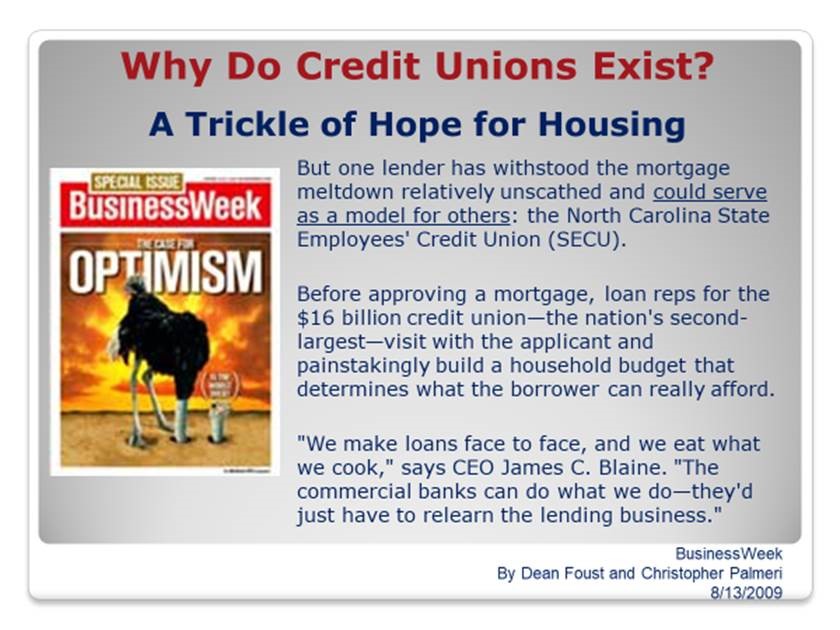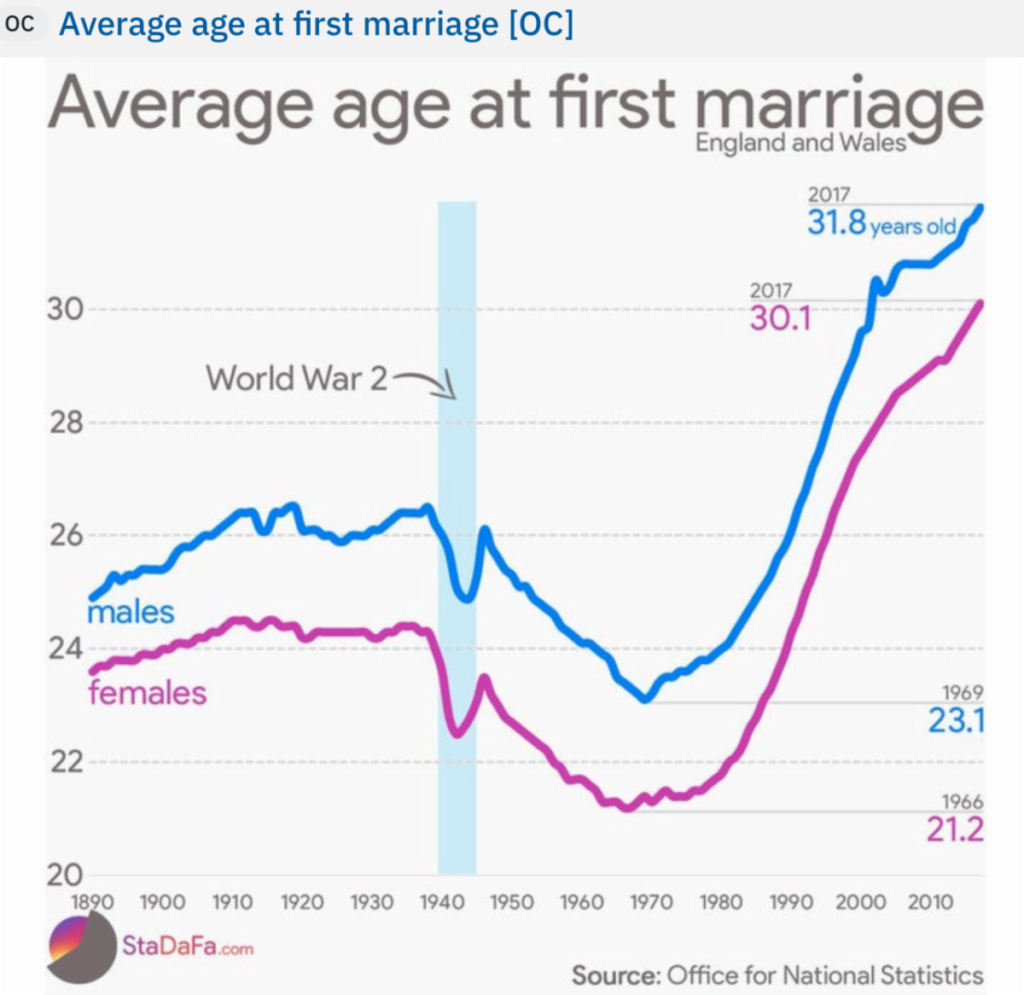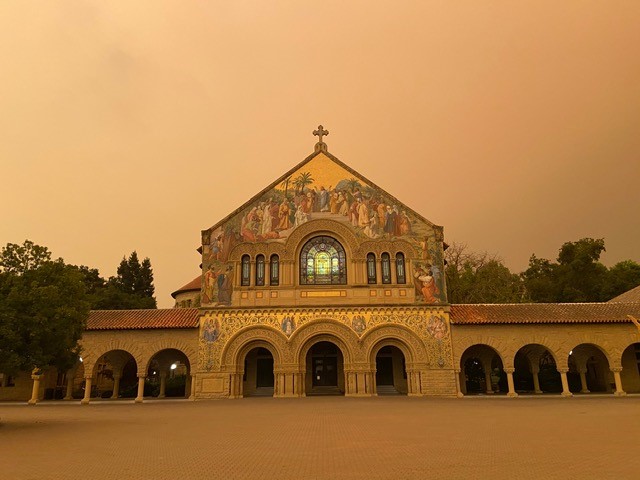Here is an article from 2002 that I find is still relevant today.
Callahan Wants A ‘Secret’ Shared
(Source: Credit Union Journal. Laura Ortiz, Midwest Correspondent, September 16, 2002)
He’s probably said it a million times: “Credit unions are the best kept secret in the world.”
And Ed Callahan repeated that mantra in a farewell speech, of sorts, to NASCUS during its 37th Annual Convention and Symposium here. Callahan, CEO of Patelco Credit Union in San Francisco, former chairman of NCUA and co- founder of the Washington, D.C.-consulting firm that still carries his name, plans to retire by year-end.
But, in his booming, forthright manner, the message came across with new passion and perhaps, frustration.
“If the membership continues to grow, our jobs are that much more secure,” he said. “Our only goal is to serve Americans.”
Among his suggestions to move the industry along was to expand shared branching to a national level.
“Our members are eternally grateful when they can walk into a branch.”
Wouldn’t it be nice, he said, if they could walk into any branch in the United States and take care of their financial business?
“If cooperatives work together, we can have 30,000-a minimum of 30,000-locations available to them,” he said. “What other financial institution on the planet can do that?”
Callahan added that there is no reason anyone in America shouldn’t belong to a credit union. So, why don’t they?
“They don’t know anything about us,” he shouted. “We’re the best kept secret in the world.”
His advice on how to get the message out:
“Get some butcher paper and put it across the credit union,” he said, recalling his early days when such simple signage was used to advertise such things as “Bread: five cents a loaf.”
“Put your credit union’s rates on common shares and CDs on that butcher paper,” he said. “Underneath that, put Bank of America or Wells Fargo (or the for-profit competition in your area) on there with their rates. And, for God’s sake, put ‘You Can Join.”



